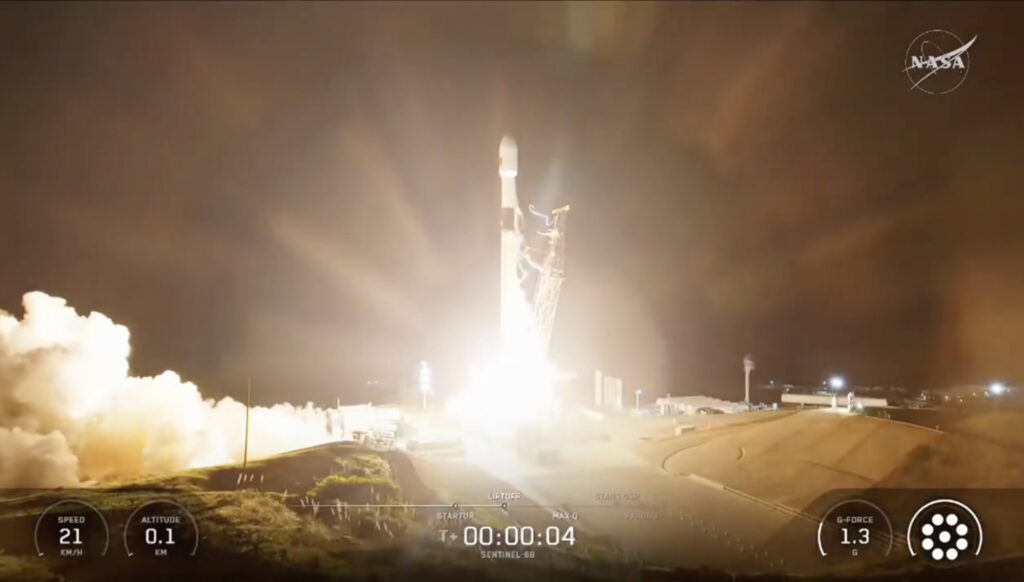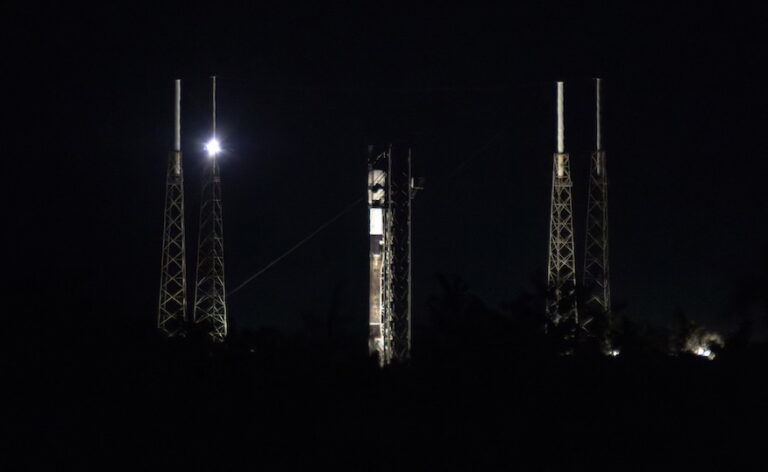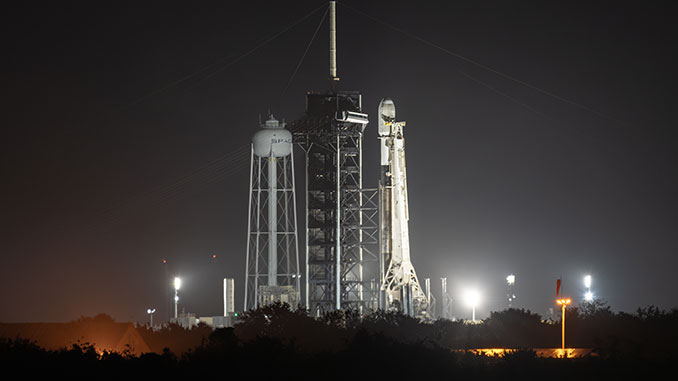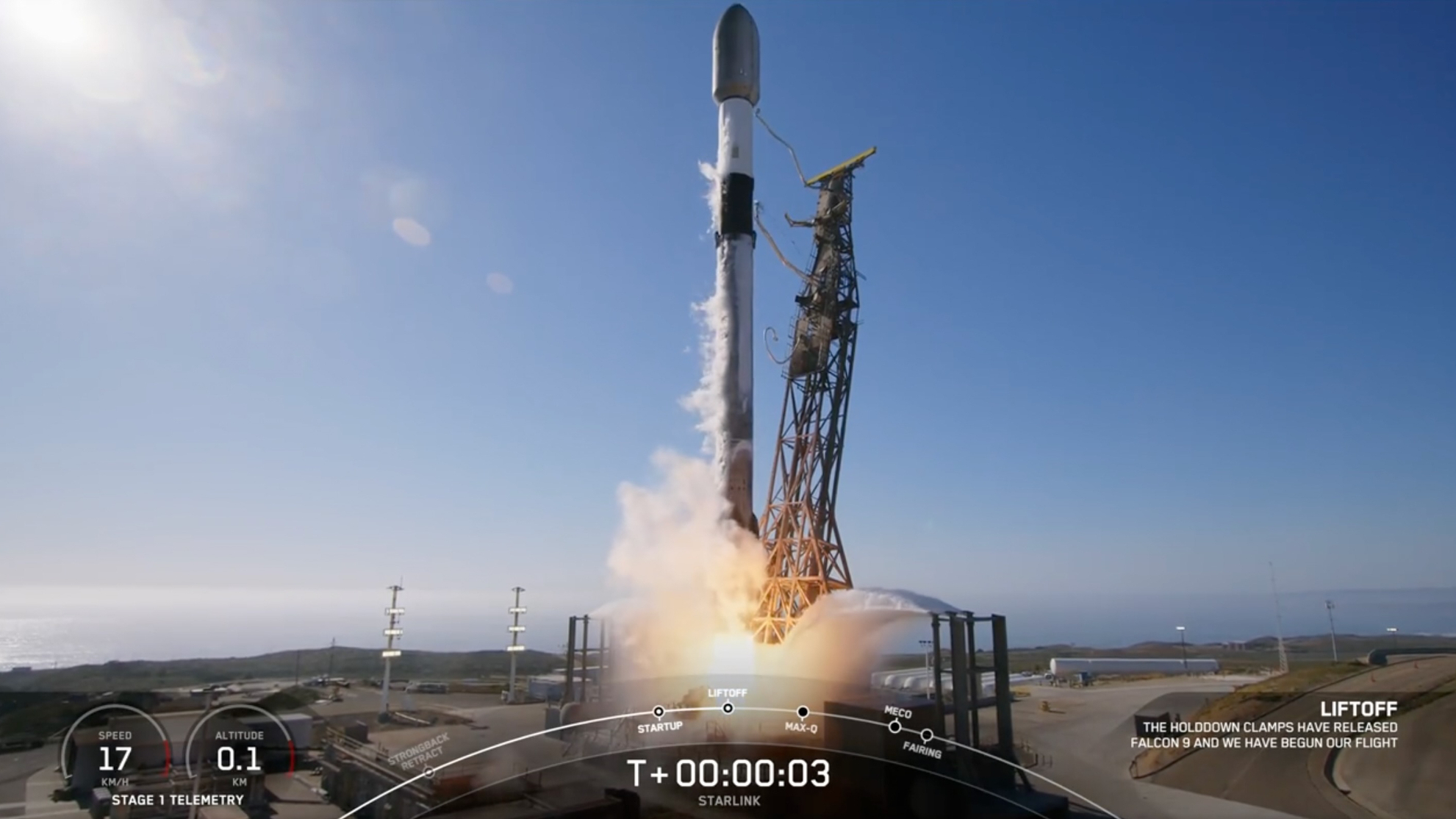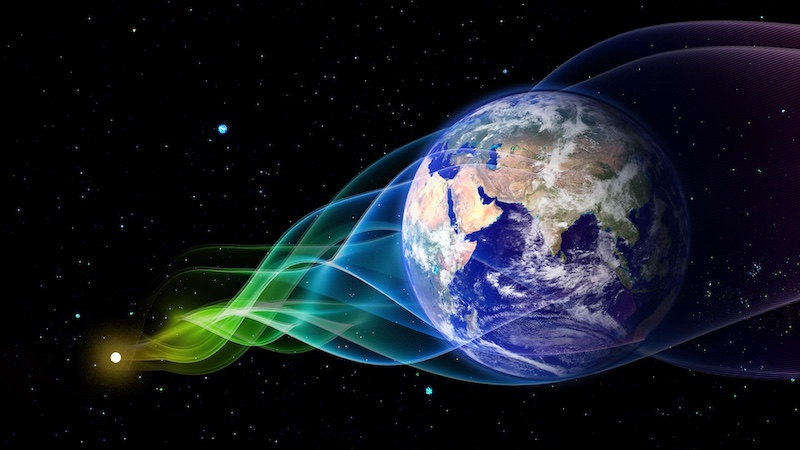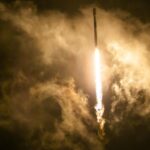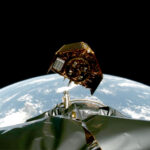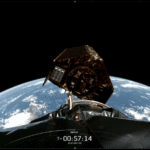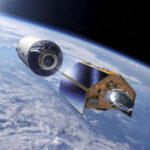Now Reading: K2-18b Unveils Cosmic Possibilities
-
01
K2-18b Unveils Cosmic Possibilities
K2-18b Unveils Cosmic Possibilities


Amidst the cosmic ballet of stars and planets, one exoplanet stands out with a tantalizing mystery that has recently caught the attention of scientists and the media alike: K2-18b. Nestled in the habitable zone of its host star, a red dwarf in the constellation Leo, K2-18b has reignited our hopes and questions regarding the existence of extraterrestrial life. With its unique characteristics and the discoveries that have emerged from the James Webb Space Telescope (JWST), this distant world is quickly becoming one of the most compelling subjects in modern astrophysics.
The importance of K2-18b lies not just in its capacity to potentially host life, but in its composition and atmosphere. This exoplanet is classified as a ‘sub-Neptune’ – a category that falls between the lightweight terrestrial planets we know and the gas giants like Jupiter. It possesses a mass eight times that of Earth, placing it within a somewhat enigmatic classification that still puzzles astronomers. We are confronted with significant questions: What exactly is its surface composition? Does it have a solid ground, or is it a tempestuous ocean-world covered by thick clouds?
Recent observations have provided tantalizing clues about its atmosphere. Two years prior, a study employing the JWST identified traces of dimethylsulfide (DMS) – a particular molecule renowned for its association with microbial life on Earth. The detection of DMS in K2-18b’s atmosphere, with concentrations a thousand times greater than those found here, has fueled speculation that this world may harbor life-friendly conditions. Some scientists have even suggested that if K2-18b does possess oceans, they could be teeming with microbial organisms, thriving beneath vaporous clouds.
However, this optimistic portrait of a habitable ocean must be tempered with caution. The chemical signature of dimethylsulfide is not uniquely indicative of biological processes; it can also form through abiotic chemical reactions. In this regard, recent data must be nuanced and corroborated with further observations. While the prospect of an alien ocean brimming with life enlivens our imaginations, the scientific community remains cautiously skeptical. We must collect more data about the atmospheric conditions of K2-18b, including details of its height profile, cloud formations, and atmospheric electricity, before reaching any conclusions about its potential for life.
As we delve deeper into K2-18b, we are reminded that its surface remains an abyss of uncertainty. What lies beneath those dense clouds? Could there be sprawling fields of exotic ice shaped by intense pressures, creating a unique environment wholly unlike our Earth? The answers are not simpler, and deciphering this alien landscape will be a monumental undertaking. K2-18b offers a unique opportunity to deepen our understanding of planetary processes beyond our solar system.
The excitement surrounding K2-18b is indicative of a broader movement in astronomy; we stand on the precipice of an era where exploration and discovery of exoplanets lend themselves to a reshaping of our knowledge surrounding the building blocks of life. And as we refine our search for life beyond our planet, worlds like K2-18b are taking the center stage. The revelations from JWST signal not just the possibility of life elsewhere, but challenge our definitions and concepts of habitability in the universe.
As the scientific community continues to analyze this distant world, K2-18b promises to engage our imaginations and intellects for years to come. Whether it becomes a landmark in the quest for extraterrestrial life remains unknown, but its intricate tapestry of characteristics beckons scientists to peer ever deeper into its mysteries, illuminating the vast unknowns of the cosmos.
Recent Advances in Lunar Exploration
In recent months, lunar exploration has witnessed an invigorating surge of advancements, with private companies stepping boldly into territory once dominated solely by national space agencies. The first successful soft landing of a private lunar lander, BlueGhost, marks a significant milestone in this new era. Launched by Firefly Aerospace, this mission embodies the spirit of exploration that fuels humanity’s insatiable curiosity about our celestial neighbor, the Moon.

BlueGhost’s journey to the lunar surface commenced with a launch aboard a Falcon 9 rocket, a reliable workhorse of SpaceX, demonstrating the growing synergy between established aerospace companies and emerging private entities. This mission, which delivered nearly a quarter-ton of scientific instruments, highlighted the increasing ability of private firms to contribute to astrophysical research and lunar mapping. Its success stands in stark contrast to earlier failures faced by others in the field, showcasing not only technological prowess but also the potential for commercial investment in space exploration.
The achievements of BlueGhost extend beyond just landing successfully; it delivered an array of scientific instruments that gathered invaluable data throughout their lunar day. Among these were the first comprehensive images capturing the serene beauty of dawn and dusk on the Moon, artifacts of a previously unseen side of our closest celestial companion. For scientists and enthusiasts alike, these images provide a fantastic sense of perspective, allowing us to appreciate not just the stark terrain but also the breathtaking dynamics of light and shadow cast across the lunar surface.
BlueGhost’s instruments included a helio-x-ray imager that observed Earth’s interaction with solar wind, and a magnetotelluric probe that delved into the Moon’s subsurface, examining its electrical conductivity and geological profiles. The latter could unveil the thermal properties and compositions of lunar soils at various depths, granting scientists access to critical insights about the Moon’s formation and evolution, as well as the potential presence of water ice, a resource deemed essential for sustained lunar habitation.
Furthermore, the lander enabled a series of unprecedented experiments aimed at assessing the Moon’s surface conditions and environmental dynamics. Consider the experimental radiation-hardened computer, which demonstrated its capabilities amidst the harsh radiation belts of Van Allen, functioning effectively on the lunar surface. This advancement represents a vital leap forward for future automated missions and human endeavors, ensuring that we can withstand the inhospitable environments of outer space.
However, BlueGhost’s triumph wasn’t without its challenges. The mission underscored the path that must still be navigated by private companies to establish consistent lunar access. Lessons gleaned from previous mishaps have led to refined methodologies and innovative solutions to engineering challenges. The focus on self-cleaning systems for optics and heat radiators—a technique being further developed to combat the fine abrasiveness of lunar dust—illustrates the commitment to learning from each mission and adapting strategies in real-time.
Even as excitement builds for continued lunar exploration, the next frontiers open up with other private initiatives. Just a short while after BlueGhost’s success, Intuitive Machines saw its lunar lander, Nova C, meet a less favorable fate. Initially launched with great anticipation, it soon faced issues leading to a problematic landing. Despite the difficulties, the very act of launching diverse payloads to the Moon signifies a commitment to unveiling the mysteries of this ancient satellite, and every mission builds upon the previous tenets of exploration.
The Moon is not merely a neighboring body; it serves as our first peek into deeper space exploration, a potential launch pad for missions to Mars and beyond. Future missions, such as Artemis, hinge upon understanding the lunar environment for sustainable human presence. Efficient communication systems being trialed on missions like Intuitive Machines’ lunar lander aim to pioneer protocols that will ultimately serve as vital links for astronauts venturing farther into our solar system. The successful deployment of a 4G LTE network on the lunar surface could revolutionize our operational methodologies, opening the door to reliable communication for future missions in various regions of the Moon.
As we journey together into this exciting new era of lunar exploration, it is essential to remember that each landing, whether successful or not, contributes to a broader tapestry of shared knowledge and experience. These advancements underscore a collective commitment to understanding not just our solitary Moon, but also the construction of systems that will facilitate humanity’s expansion into even more distant realms.
The landscape of lunar exploration is evolving rapidly, with private companies increasingly playing a pivotal role in shaping a future where our Moon becomes a hub of scientific inquiry and exploration. Exciting technological innovations and collaborative efforts portend a future rich with possibilities. Emboldened by our successes and tempered by our failures, we stand on the cusp of remarkable discoveries waiting to be made in the depths of space.
Stay Informed With the Latest & Most Important News
Previous Post
Next Post
-
 012024 in Review: Highlights from NASA in Silicon Valley
012024 in Review: Highlights from NASA in Silicon Valley -
 02Panasonic Leica Summilux DG 15mm f/1.7 ASPH review
02Panasonic Leica Summilux DG 15mm f/1.7 ASPH review -
 03How New NASA, India Earth Satellite NISAR Will See Earth
03How New NASA, India Earth Satellite NISAR Will See Earth -
 04And Thus Begins A New Year For Life On Earth
04And Thus Begins A New Year For Life On Earth -
 05Astronomy Activation Ambassadors: A New Era
05Astronomy Activation Ambassadors: A New Era -
06SpaceX launch surge helps set new global launch record in 2024
-
 07Space Force plans new ‘Futures Command’ amid pressure to speed up modernization
07Space Force plans new ‘Futures Command’ amid pressure to speed up modernization












